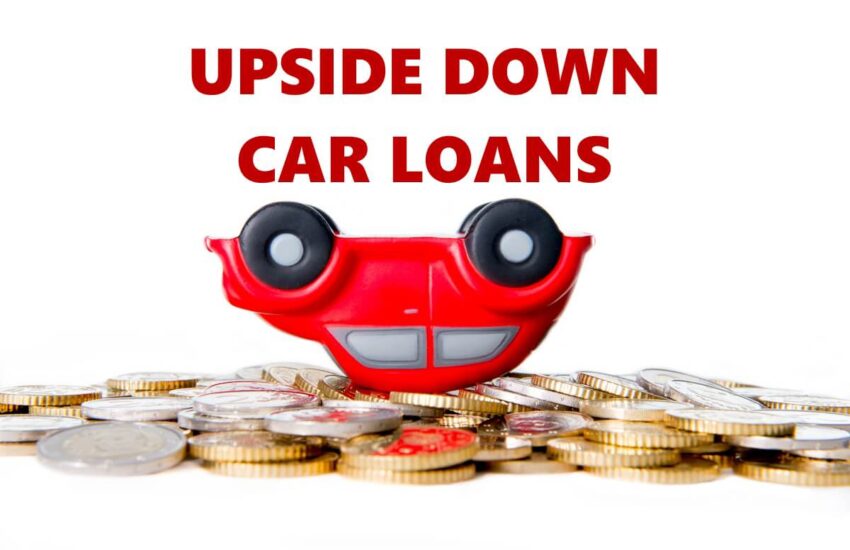When you are in an upside down car loan (owing more on the vehicle than it’s currently worth) it may be difficult to trade-in the vehicle and purchase a newer vehicle. This situation, known as having negative equity, can arise for various reasons. Perhaps the car depreciated faster than anticipated, or maybe an initial down payment was minimal. Whatever the cause, negative equity doesn’t signal a dead-end. With the right approach, it’s possible to navigate this challenge smartly. Here are some recommendations:
Consider a New Car with a Cash Rebate
Manufacturers and dealerships often offer cash rebates on new cars as an incentive for buyers. While these rebates can indeed be enticing, they can be particularly beneficial for those looking to trade in a vehicle with negative equity. The rebate can act as a buffer, helping bridge the gap between the amount owed on the old car and its trade-in value. Essentially, the cash-back offer gets applied directly to the negative equity, reducing the amount you’d need to roll over into a new loan. Each month we compile a list of the best new cars to absorb negative equity; these are new cars with generous cash rebates.
Shop Your Vehicle to Multiple Dealerships
Remember, different dealers may offer varying prices for the same vehicle. The first offer might not be the best one. Therefore, consider getting trade-in quotes from multiple dealers. Even if the differences are marginal, every bit helps when dealing with negative equity.
Websites and apps that provide vehicle valuation can give you a ballpark figure of what to expect, but direct quotes from dealerships are often more accurate. Armed with these figures, you’re in a stronger position to get the most money when you trade-in your car.
Negotiate with Your Lender, Especially If Past Due
Financial circumstances change, and sometimes, car loan payments might lag. If you’re past due on your car loan, it’s crucial to communicate with your lender. In some instances, they may be willing to negotiate a lower payoff amount, especially if the alternative might be default or repossession.
By working out a compromise, you can reduce the negative equity amount and make it more manageable when considering a trade-in or a new car purchase.
Understand the Role of the New Car’s Value
When trading in an upside-down vehicle, the value of the car you’re looking to purchase becomes especially crucial. Lenders often utilize a Loan to Value (LTV) ratio to determine loan approvals. The LTV ratio compares the loan amount to the car’s appraised value.
For example, if you’re eyeing a more expensive vehicle, the negative equity from your trade-in may represent a smaller percentage of the new car’s value. This could help you stay within the lender’s acceptable LTV limits. Conversely, if you’re considering a lower-priced vehicle, rolling over a substantial negative equity might make the loan less appealing to the lender, as the LTV ratio would be less favorable.
It should be noted that lender LTV limits are often related to your credit score. The higher the credit score, the higher the LTV limit, and conversely, the lower the credit score the lower the limit. Here are some typical LTV limits imposed by car loan lenders:
- Great Credit Score (781 to 850 Range Range) – 130% LTV
- Good Credit (661 to 780 Range) – 125% LTV
- Fair Credit (601 to 660 Range) – 120% LTV
- Poor Credit (501 to 600 Range) – 115% LTV
- Bad Credit (300 to 500 Range) – 110% LTV
- No Score (0 Range) – 105% LTV
For this reason it may be more difficult trading in a car with bad credit and negative equity.
Wrapping It Up
Trading in a vehicle with negative equity can be complex, but understanding your options and potential strategies can make the process smoother. Remember, the key lies in reducing the amount of negative equity as much as possible and ensuring the new loan’s terms are favorable and sustainable.
AutoByPayment.com offers accurate estimates of new and used car loan payments based on self-selected credit score, current rebates, down payment, and trade equity or negative equity, without customers having to provide their personal identifying information such as email and phone.

